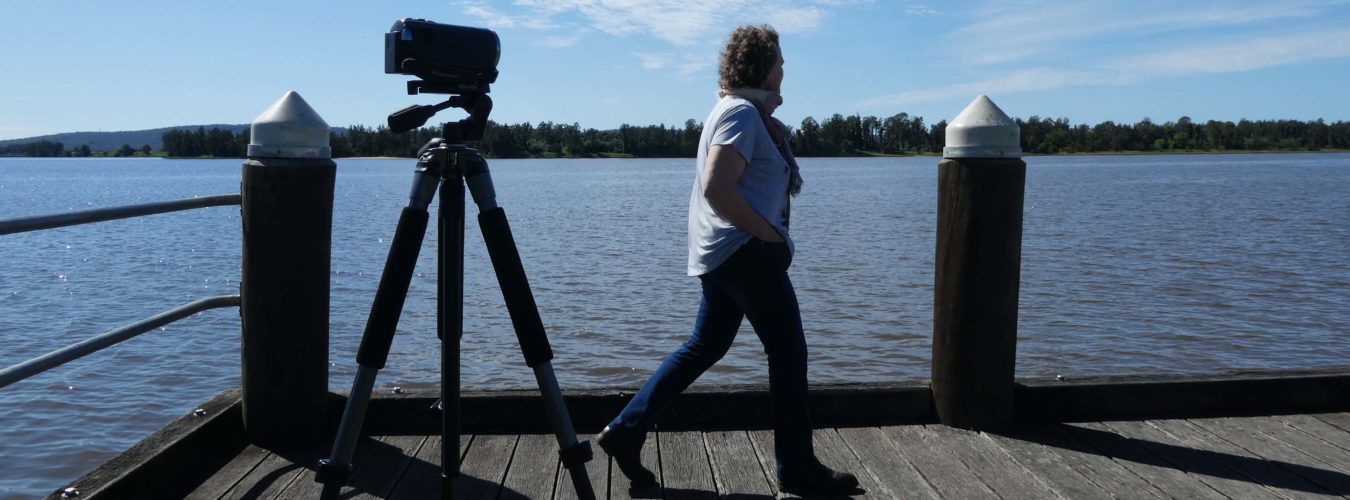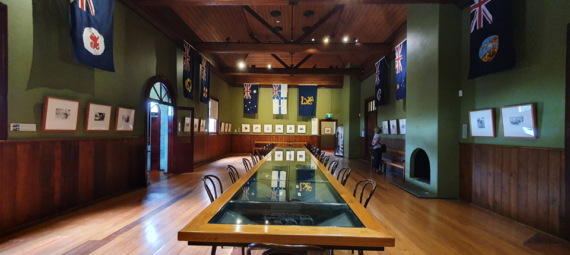December 2021 – Ngarabal Country
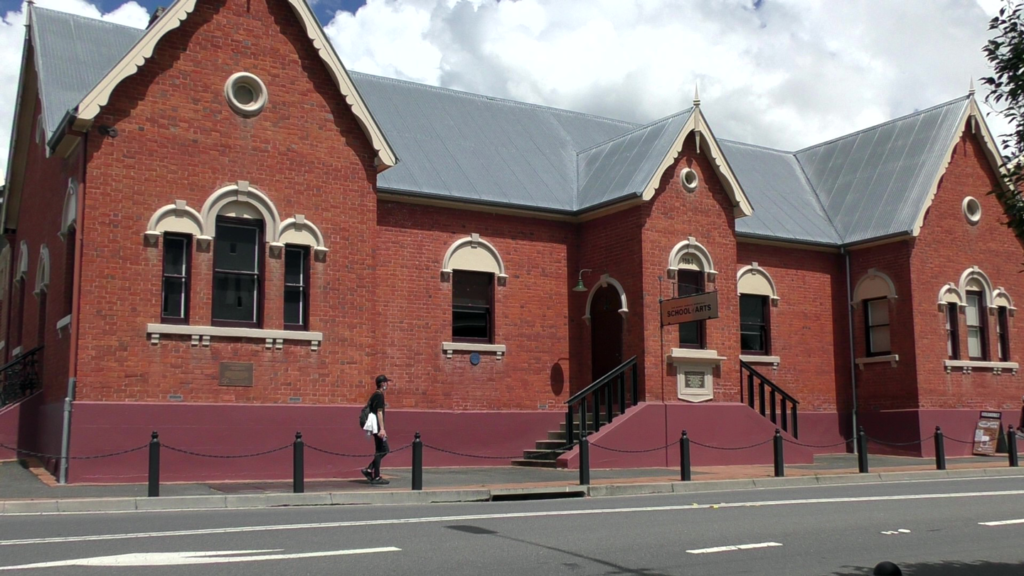
Every town has its claim to fame – and Tenterfield has a big one – a single stirring speech.
A speech delivered in the local school of arts in 1889 by a 74-year-old politician. A speech that lead to the Australia we know today – rather than a collection of small colony-states.
The Tenterfield Oration by Sir Henry Parkes was the first direct appeal to the public rather than to a political audience, arguing for the unification of the frequently bickering colonies.
“One People. One Destiny” was his catch cry.
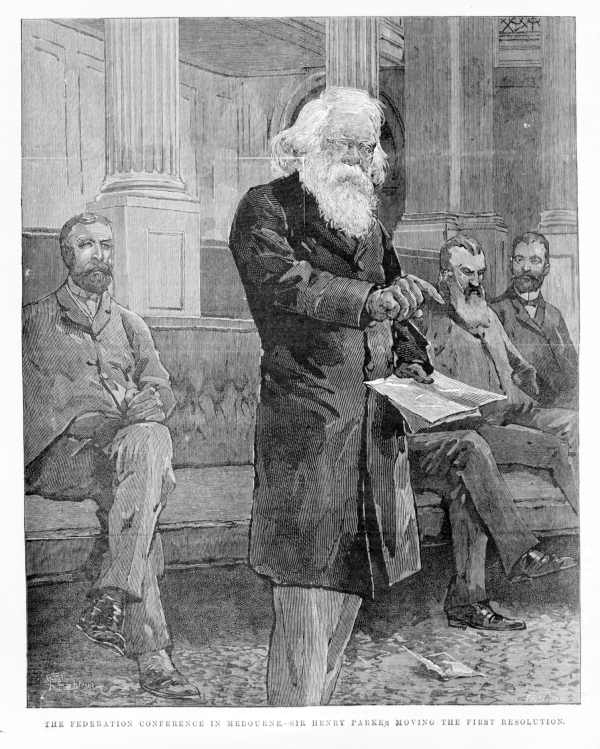
It was reported in the Sydney newspapers of the time. Parkes would make similar addresses 15 times in the next nine months as he campaigned for unification.
Sir Henry had a lot of reasons to like Tenterfield. He became its local MP after losing his East Sydney seat at the 1882 colonial election, and then ran in Tenterfield and was duly returned to parliament.
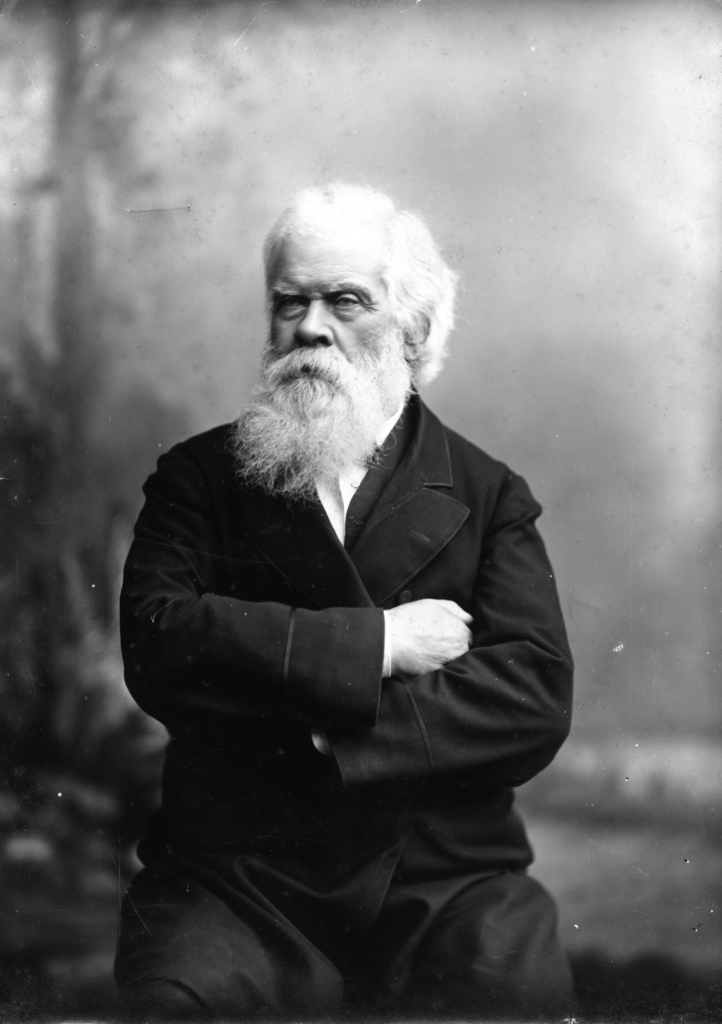
Tenterfield had a lot of reasons to like the federation-loving Sir Henry. The unfederated nature of the colonies and the town’s location close to the Queensland border meant that much of its trade was limited by high tariffs.
There’s no escaping the federation story when you’re in Tenterfield. Its importance to the town is hard to miss. You see it in the names of many streets, places and businesses. And why not, it’s got a fair claim to being the “birthplace of the nation”.
What we did
Sir Henry Parks Memorial School of Arts
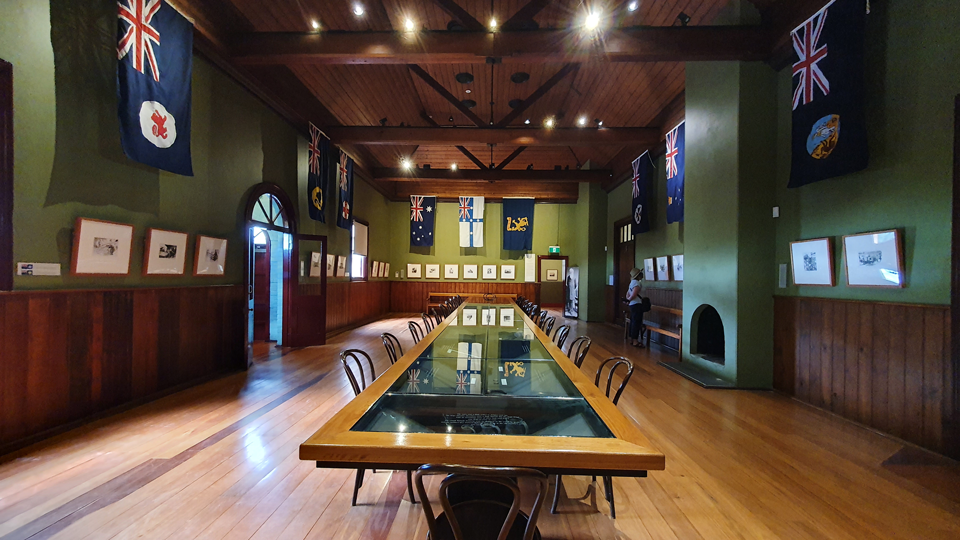
This is the definitive place to contemplate the contribution of Sir Henry Parkes to Australia. The room where the famous speech was made is the centrepiece of a beautifully renovated and well-curated museum and gallery.
It celebrates the life of Parkes and his speech and contains displays of memorabilia from his personal and political life. The renovation was paid for by a large government grant and the building also contains a cinema (the envy of many small towns which no longer have movie theatres) and a library. You’ll find it on the corner of Rouse and Miles Streets.
Town walk
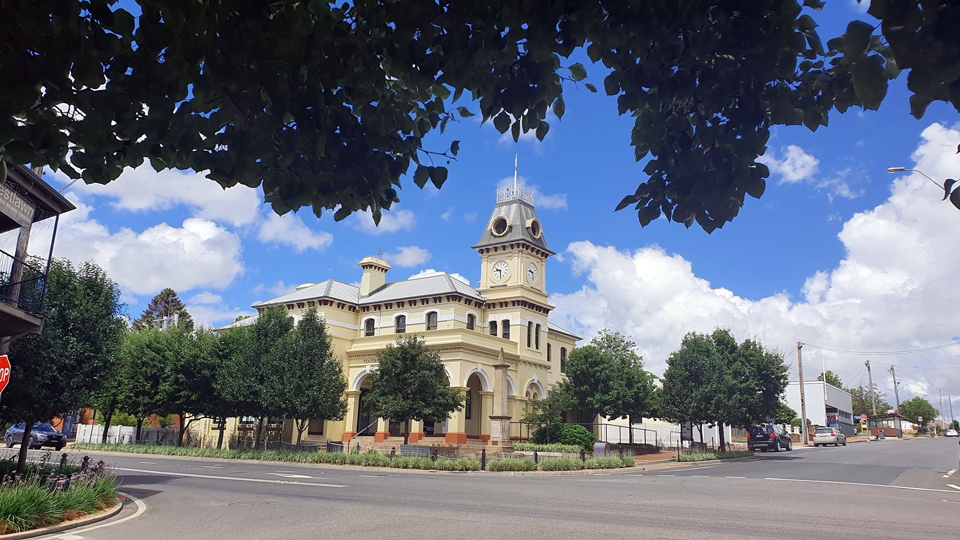
Pop into the tourist office and pick up the town walk map. This will lead you through the architectural highlights of Tenterfield. Takes about an hour to get around more than 30 significant buildings. Mostly these are concentrated around the main street.
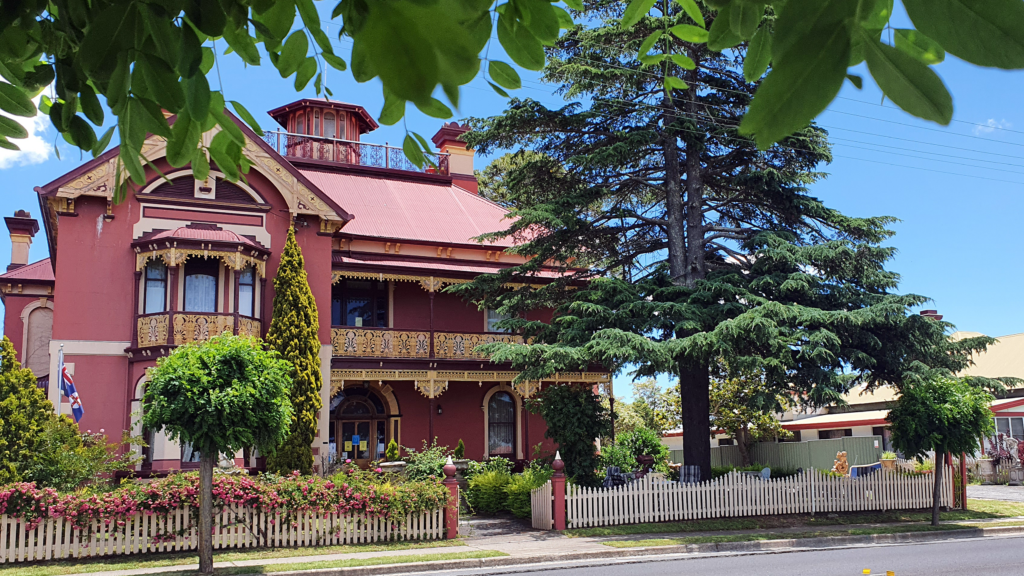
There’s grand edifices like the 1881 post office, and amazing old mansions like Stannum House (built by a local tin mining magnate in 1888). The historic police station, gaol and court precinct is interesting.
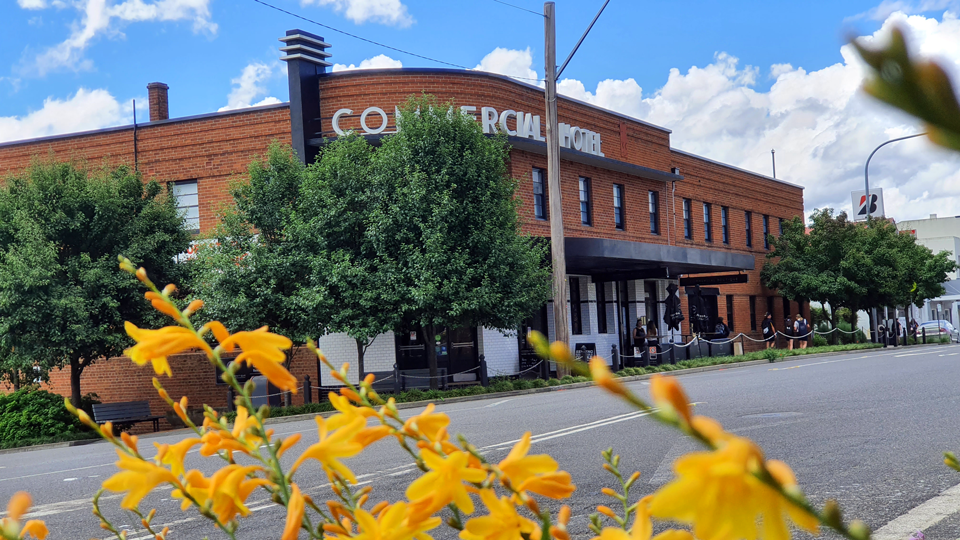
No shortage of pubs of course. The Royal Hotel in High Street is built in Spanish Mission style, popular in the 1930s. The 1940 Art Deco Commercial Boutique Hotel has been wonderfully restored.
Tenterfield Saddlery
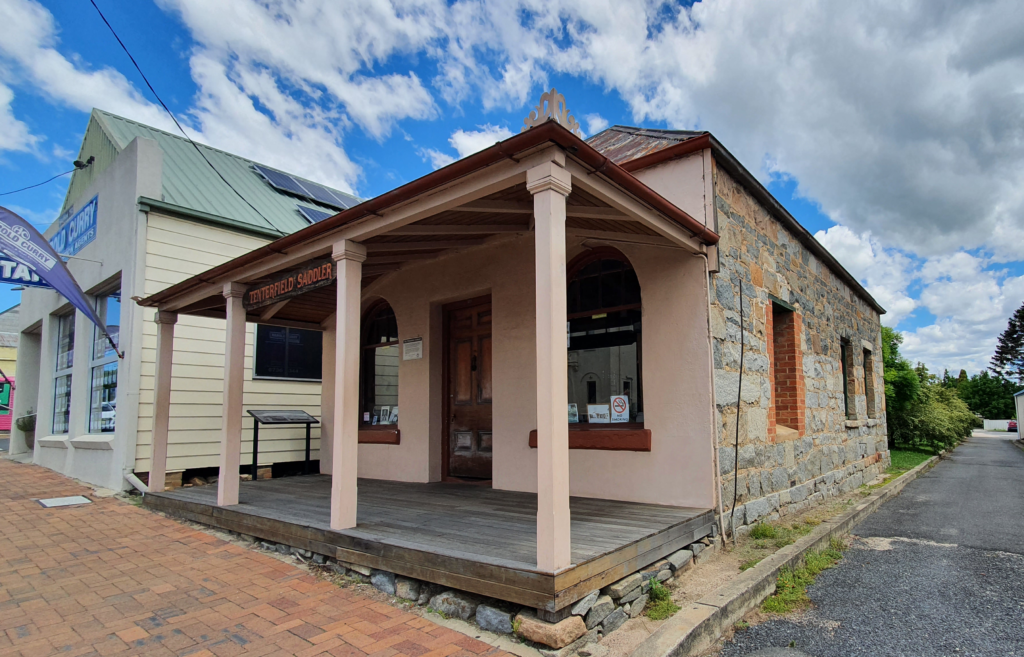
Made famous by the sad and autobiographical song of the late Peter Allen, Tenterfield Saddler. Peter Allen grew up in the region and his grandfather, George Woolnough, was one of a line of saddle makers who operated from the building.
The quaint little cottage is one of the oldest in town, made from the local granite for which the region is also famous. The saddlery is a kind of museum and tribute to the saddle maker’s art and to Peter Allen – but unfortunately it was closed on the day of our visit due to COVID concerns.
Railway Station
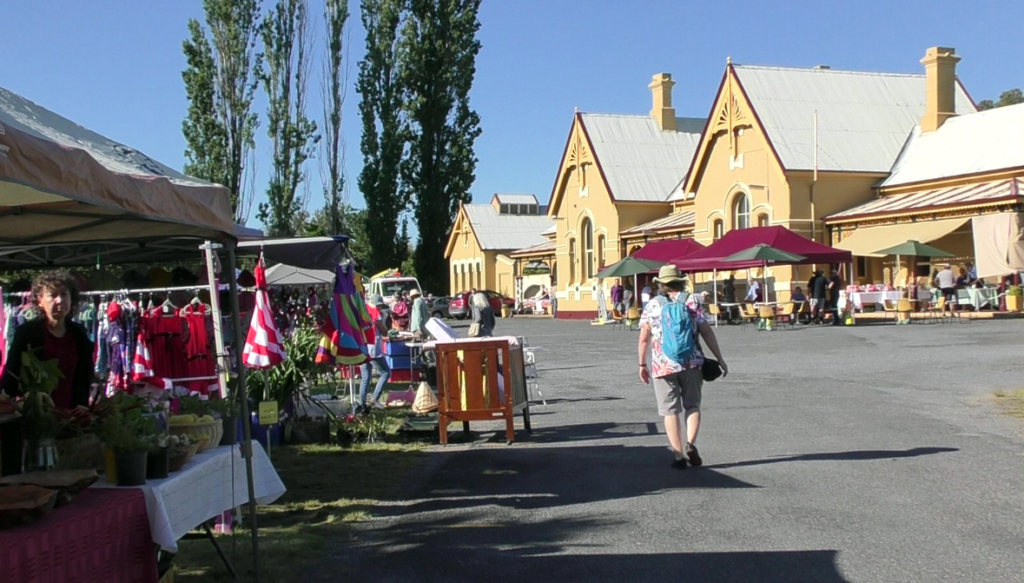
The railway station is not only a beautiful old building, it’s also a museum. The building was opened by NSW Governor Lord Carrington in 1886 and was named The Great Northern Terminus.
While the last passenger train departed Tenterfield in November 1988 and the station closed shortly after, it has been well preserved and remains much as it would have been last century. It opened as a museum in 1991 and is administered by Transport Heritage NSW and looked after by local volunteers.
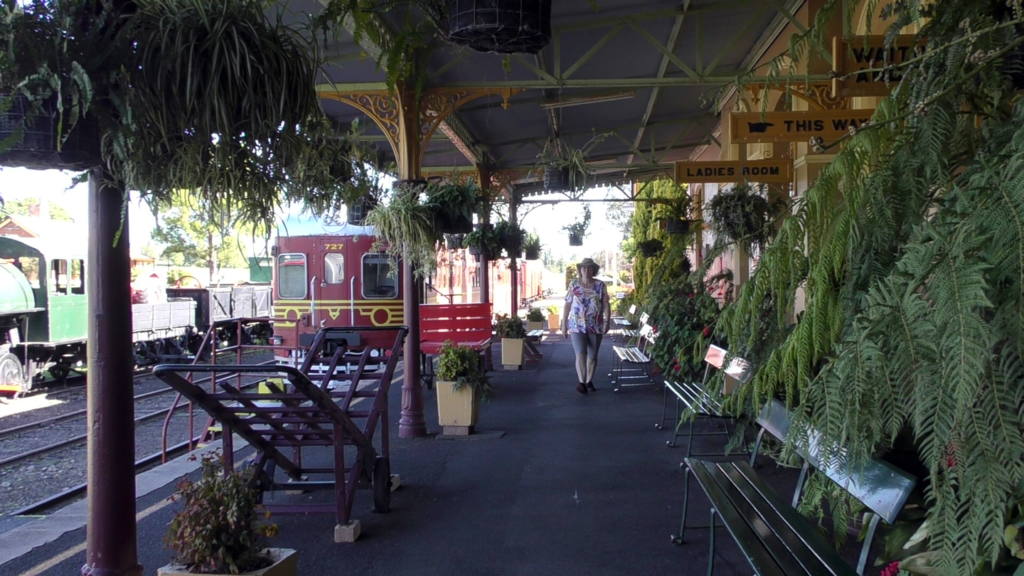
As well as the interesting rolling stock (carriages, engines etc) there is an interesting display explaining how, at one time, railways from different states had different widths (gauges).
This meant all passengers getting off one train and onto another one when they crossed the border from nearby Queensland. No wonder people in Tenterfield were in favour of Federation. There is a regular market held at the station where you can browse through local produce stalls.
The mega tree
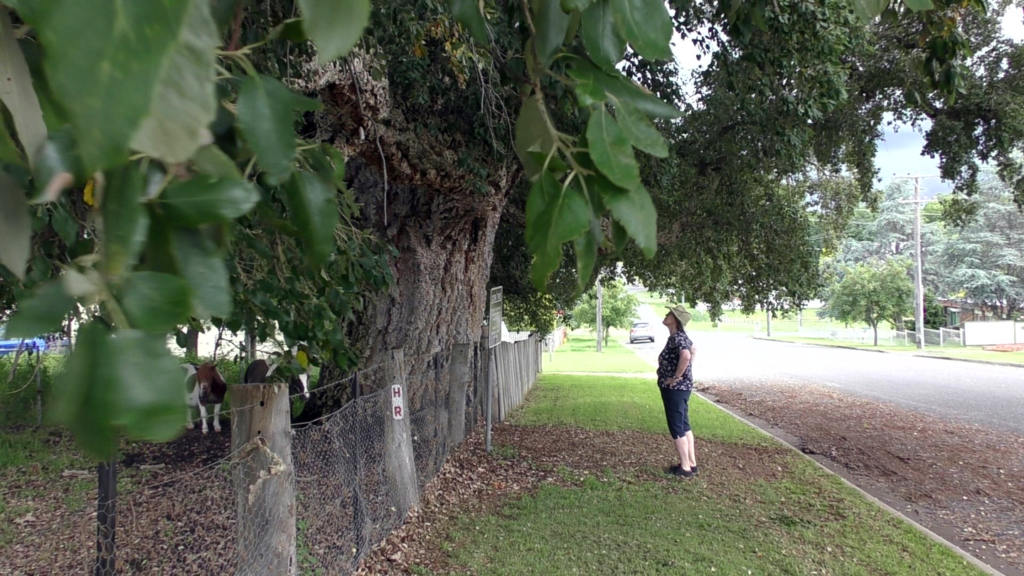
One of Tenterfield’s quirkiest points of interest would have to be the giant sized cork tree in Wood Street. It’s said to the biggest of its kind in Australia. The vast canopy is amazing to see – especially when we were a bit sceptical about how interesting a giant tree would be.
The tree is as historic as it is big – having come to Tenterfield in a jam tin, carried from England by a man named Edward Parker in 1861. Parker’s details seem to have bene lost (or at least not well publicised) but the tree lives on to amaze tourists who take the time to see it.
Bald Rock
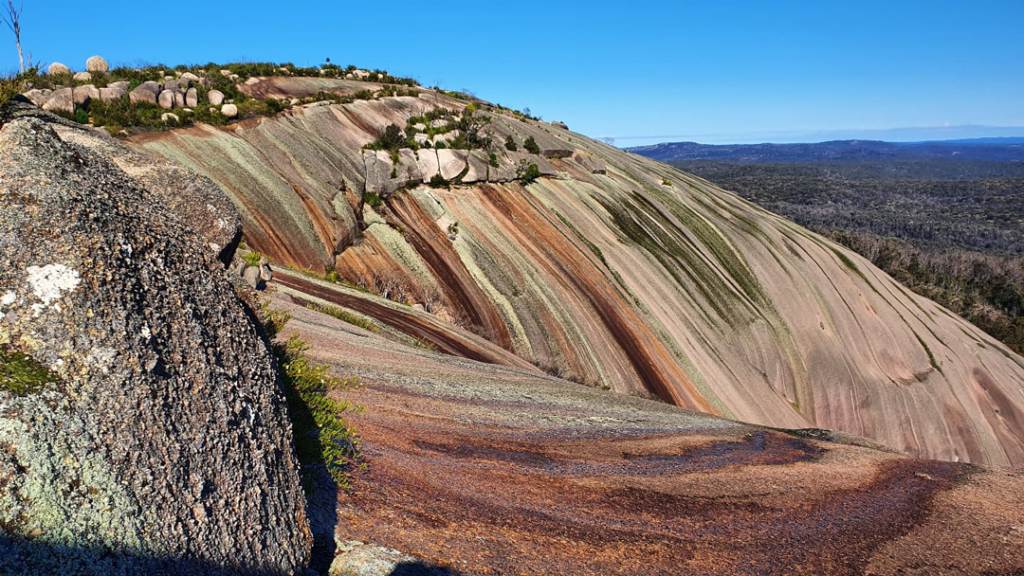
This spectacular local feature was the highlight of our trip to Tenterfield. About 30 minutes out of town in Bald Rock National Park, this isolated rocky hill is said to be the largest exposed granite surface in Australia. It looms 200m over the surrounding bush, is 750m long and 500m wide. Around 250 million years old they say.
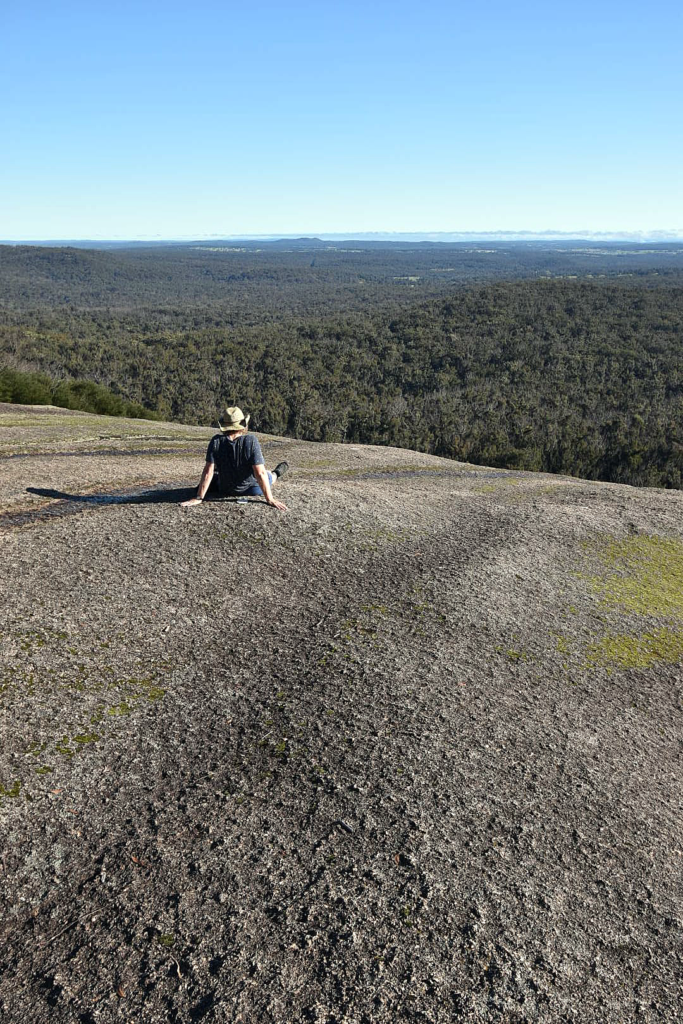
There are two ways to reach the summit. The sensible, somewhat easier, but longer Bungoona walk, or the very steep, physically demanding and sometimes a trifle scary Rockface walk.
We went up by the latter, and down by the former, and I don’t mind saying there was a point in the ascent that I felt a bit woozy from the exertion. But the views! The views! In all directions, under a big blue sky, the bushland was recovering from the devastating bushfires that occurred in the area at the start of 2019.
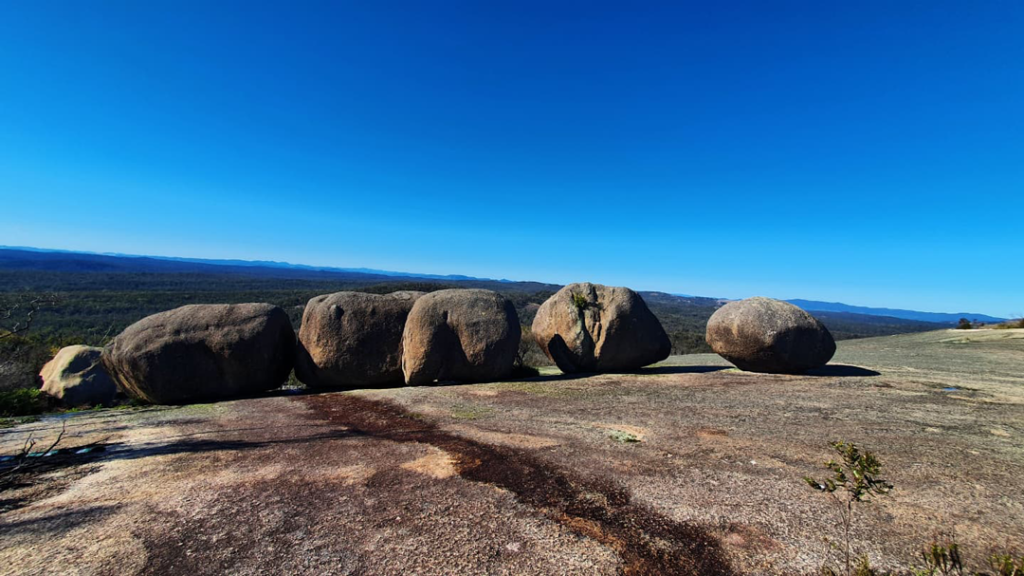
Indeed, the scars of this fire are clear all the way to the summit. Further out, the stark granite outcrops for which the district is known could be seen, and beyond that, distant ranges.
Little rivulets of water cascaded down the rockface – at once sparkling and beautiful, and treacherously slippery. You will need a good level of fitness for this walk. You will definitely need good walking boots with good grip. This is especially true if you go up the hard way!
There are a number of other national parks in the area which we didn’t get to – but they will be for our next visit.
White Cottage
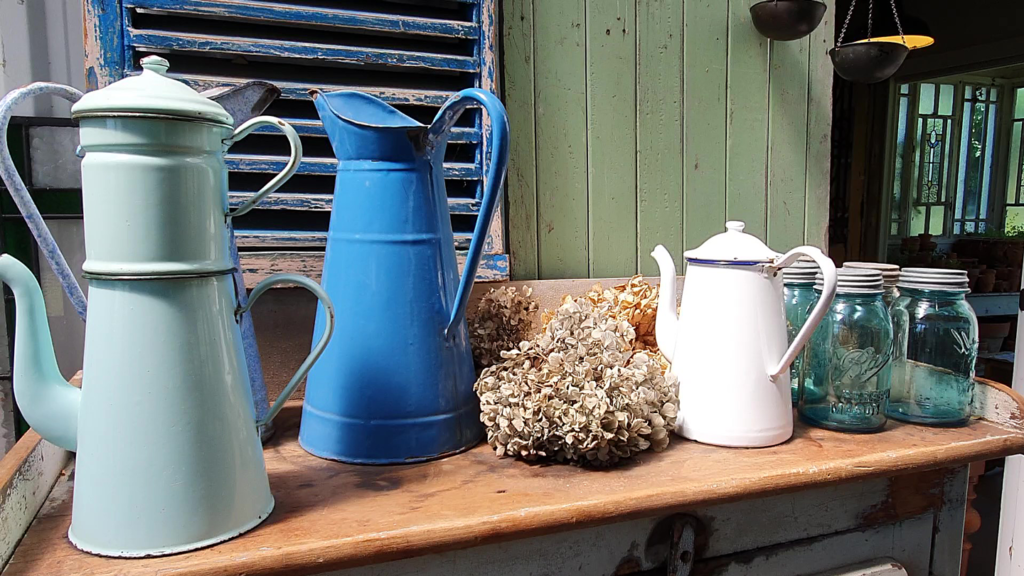
Like so many country towns, Tenterfield is showing the economic impacts of COVID restrictions and the downturn in tourism. Quite a few businesses closed for good, and those that remain are still struggling and waiting for some kind of normal to return.
Some volunteer run attractions have not yet reopened which is understandable. But there’s plenty to see if you take a stroll around town, spend a little cash and help businesses recover.
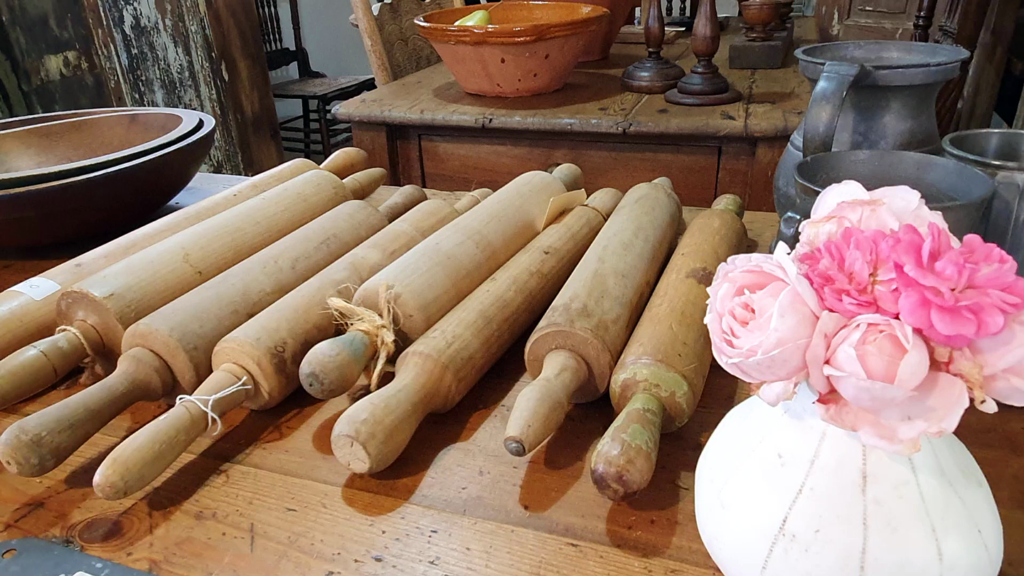
One of the little local businesses that we did visit was was White Cottage Flower Farm. Wander through the lovely English style garden with its glorious flowers (which, to be fair, were a bit affected on the day by weeks of heavy rain).
There’s a little glasshouse filled with quirky antique homewares which was really nice for a wander. It’s a little vintage gem and worth a look. Open Saturday and Sunday 10am to 3pm.
Where we stayed
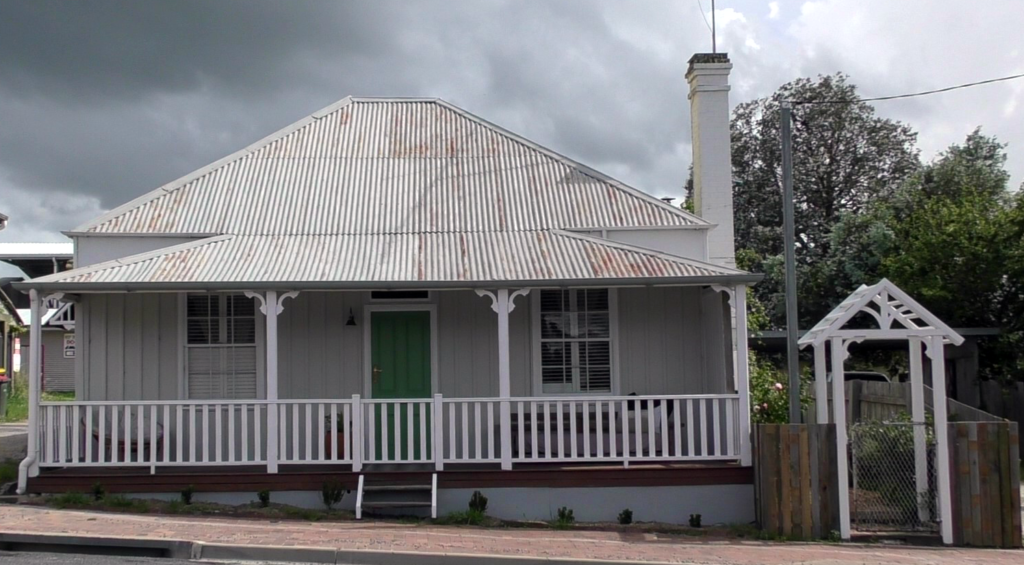
We stayed in a little Air B and B called Mill Cottage in Manners Street. This quirky bit of history is associated with the former 1871 mill building next door to it.
That mill has been converted to a private home. The cottage is very well located, in walking distance to the main street, eateries, pubs and shopping. A lot of effort has gone into the décor and facilities which were extensive.
Where we ate
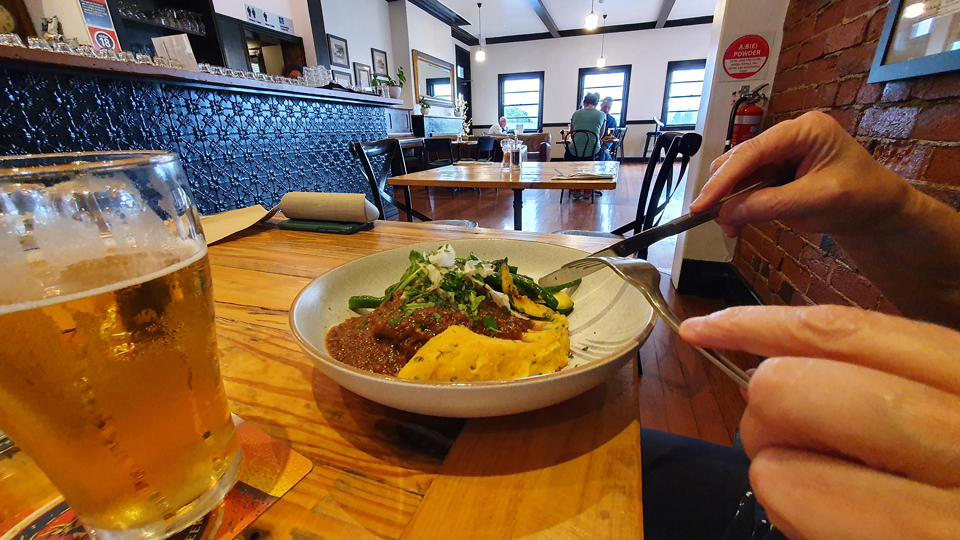
We had a breakfast at the very friendly Willow Tree Cafe in Rouse Street – whose owners were so welcoming. This one opens early which is very convenient if you are heading out for some early bushwalking.
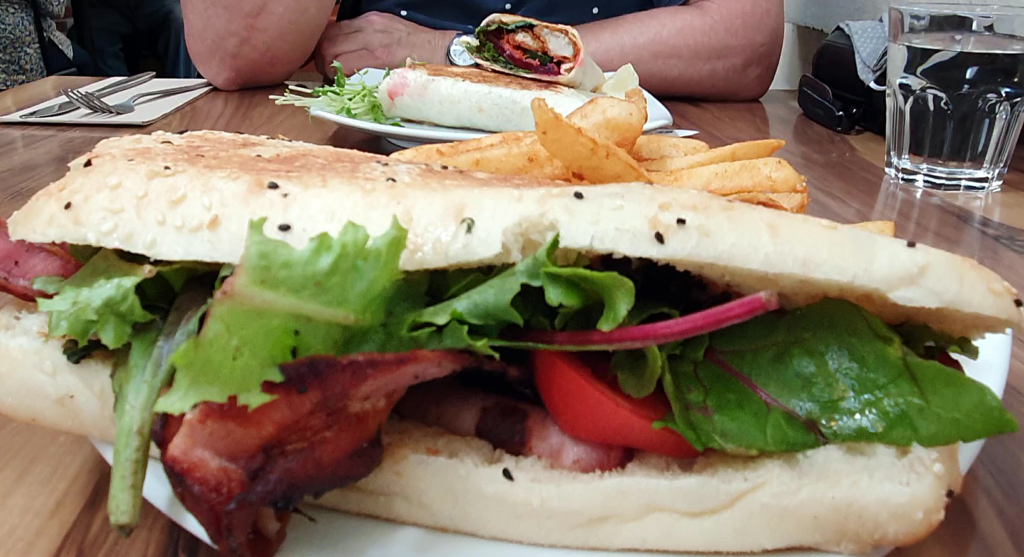
We had a lunch at The Corner Cafe (Corner of Rouse and Manners Streets) which was cool and inviting on a hot day with a good menu selection. A nice setting.
We had an evening meal in the beautifully restored Commercial Boutique Hotel – which also has up market accommodation. Thoroughly enjoyed our meals, and washed them down with some locally made beers from Deepwater Brewing.
